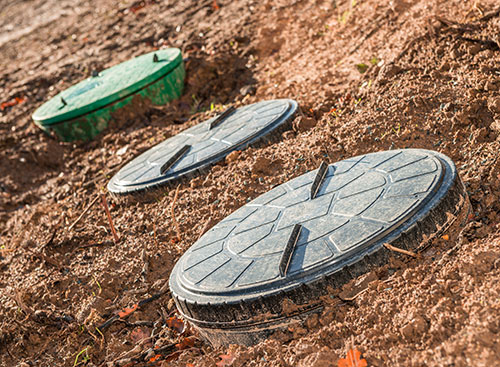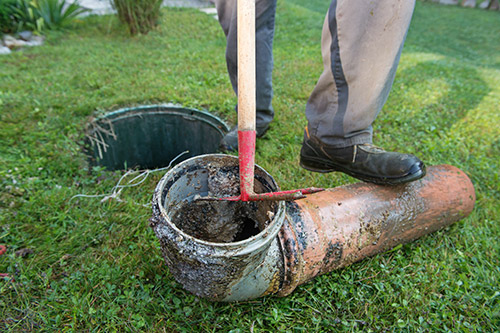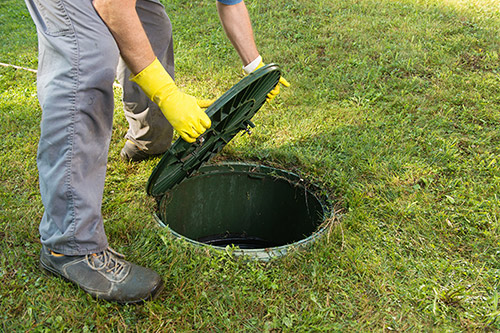
It’s not as simple as just cracking into new ground. There are a lot of moving parts and a little red tape. In a perfect world, you can swap out the tank in around a week—provided you don’t hit a snag. If you need to replace other components in your system along with the tank, expect your local septic tank installation company to tackle the job in four to eight weeks.
This guide will show you how long it takes to replace a septic tank, from planning to your first flush.
Testing Before Installation
Time: Two to Three Weeks
Your septic tank works in conjunction with a leach field, also known as a drain field. If your septic system is leaking waste and contaminating the area around the tank, you’ll need to replace both components—at minimum. If there is extensive damage, you may need a full system replacement. This will push the job into the four- to six-week range (not to mention the cost of a new septic system can exceed $11,000 on the high end).
For this reason, contractors run a percolation test before they replace your tank. This will give them insight into your soil’s texture, volume, consistency, and ability to filter wastewater. It’s an essential part of prep and takes around two to three weeks.
Obtaining Permits
Time: Varies
Before your contractor can replace your septic tank, they’ll need to obtain a permit. Typically, permits are issued by your local health or environmental department—and you’ll typically need one or more building permits. Sometimes, homeowners also need a permit for pumping and disposing of waste if they don’t already have one. Depending on your local government, this could take a few days or weeks and usually require the percolation test and an inspection.
Planning and Excavation
Time: Two to Three Weeks
During this phase, a septic system engineer will plan the replacement. This could be simple if they just need to swap out a tank, but it could take longer if they also need to plan for a new leach field or entirely new system (to dig safely, they’ll need to map out underground utilities).
Once the plans are finished, the excavation begins. A team will need to dig out your old septic tank and any other components that you plan to replace. Overall, planning and excavation takes around two to three weeks, but it could take more or less time. If the ground freezes or the weather is poor, it will push the project back.
Tank Installation
Time: Five to Seven Days
Installation is typically the quickest part of the job. During this phase, your contractor will install your new septic tank and other components. If you’re installing an aerobic tank, this could mean additional electrical circuitry. If you have a pumped system, this could mean replacing the dosing tanks. It all depends on the type of septic system and the condition. Generally, installation takes five to seven days. It could take longer if you hit a snag like poor weather conditions.
For more information, contact Morse Engineering and Construction.
Source: angi.com


